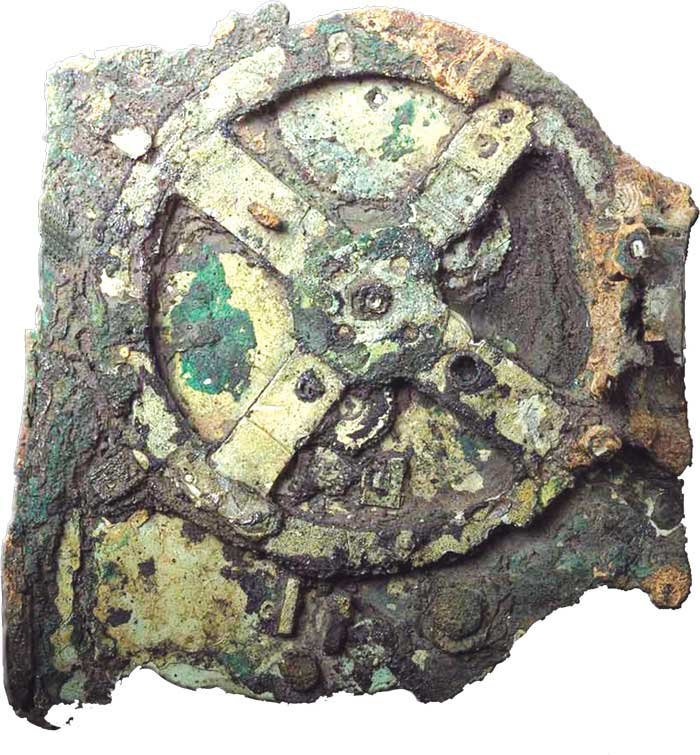Sometimes called the world’s first computer, this artifact built in about 150 BCE has intrigued archaeologists and historians for decades. In 1901, Greek sponge divers found this in the wreck of an ancient ship near the island of Antikythera. Since then, it has been kept at the National Archaeological Museum in Athens, Greece. It was designed to track lunar calendar, predict eclipses, track seasons and even festivals. It could figure out the moon’s position at a given period and model its elliptical orbit. The intricate functions of the mechanism were not recognised for 75 years. The model worked on complex gears and was highly accurate.
The Antikythera Mechanism


